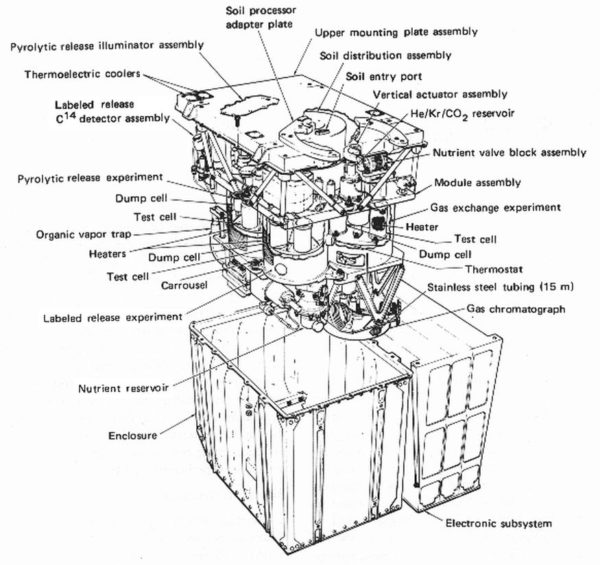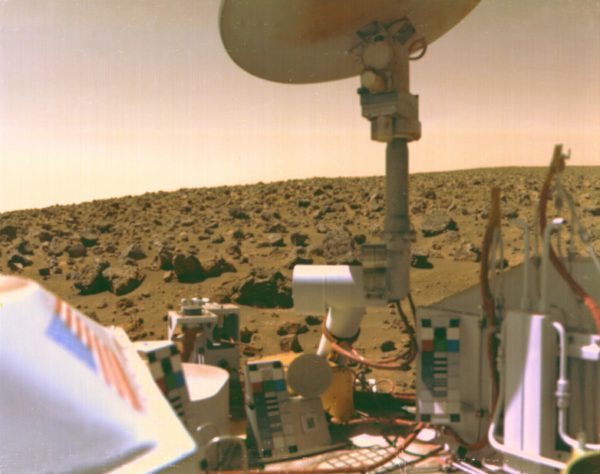"This suggests a robust biological response. These analyses support the interpretation that the Viking LR experiment did detect extant microbial life on Mars." -Bianciardi, Miller, Straat and Levin
On July 20, 1976, the Viking 1 lander touched down onto the Martian surface, followed just a few weeks later by Viking 2. On board both landers were a suite of three experiments designed to look for signs of life.
While the Gas Chromatograph-Mass Spectrometer and the Gas Exchange experiment both came back negative, the Labeled Release experiment — where nutrient-rich molecules tagged with radioactive carbon-14 were added to the Martian soil — gave off a positive release of radioactive CO2.
More like this
Re-run from 25 December 2005 (no, Swedes pay no attention to Christmas Day, preferring to get worked up about Christmas Eve).
This may seem strange to anyone who hasn't lived in Minnesota, but when I was a child, kids in my elementary school used to have fist fights when it came to the question of which famous European discovered America.



@Ethan wrote:
Are you thinking it could be that long before we know because the next set of exobiology instruments being sent to Mars in the next few years (ExoMars Rover) are in the hands of the Russians and ESA?
Although Russia and the ESA are the Washington Generals of landing on Mars, don't forget that even the Washington Generals did win a few games eventually.
prof prem raj pushpakaran writes ---lets celebrate the 40th Anniversary of Viking Landings on Mars!!!